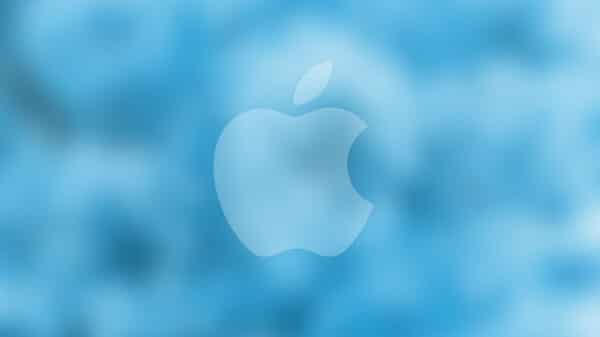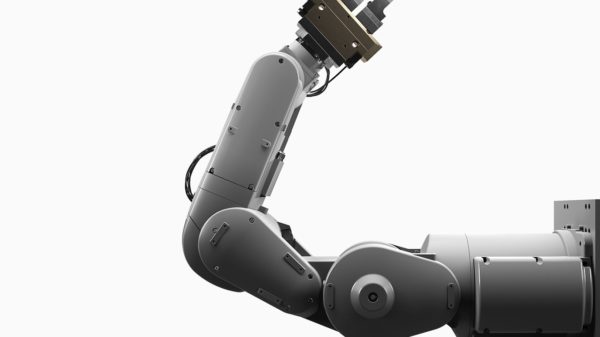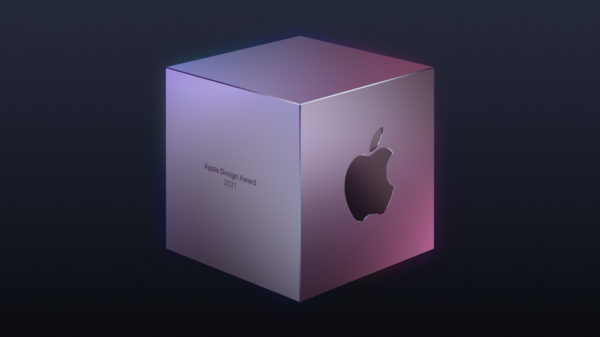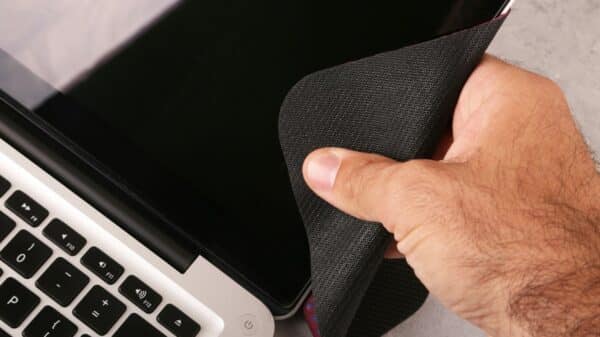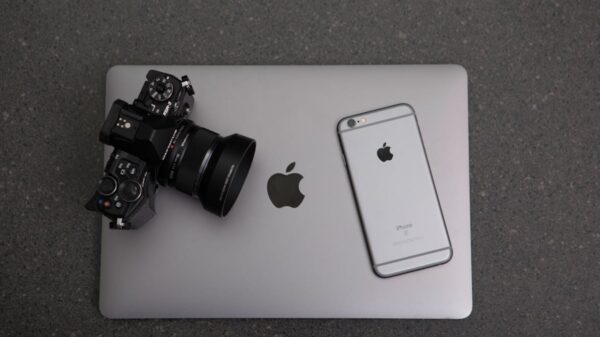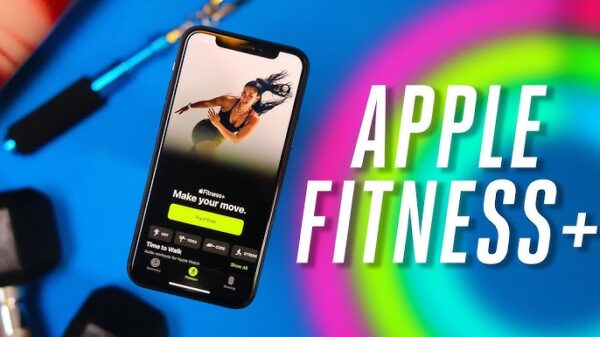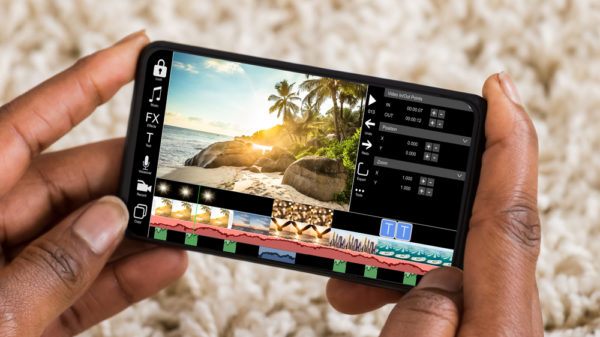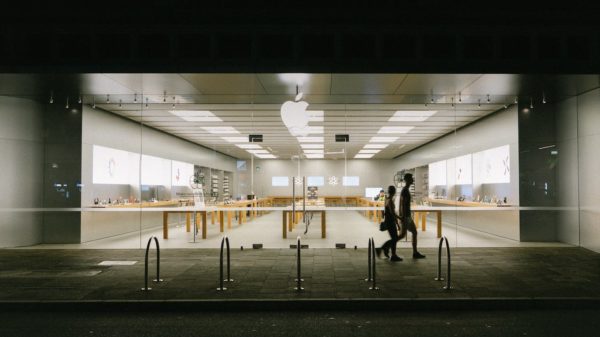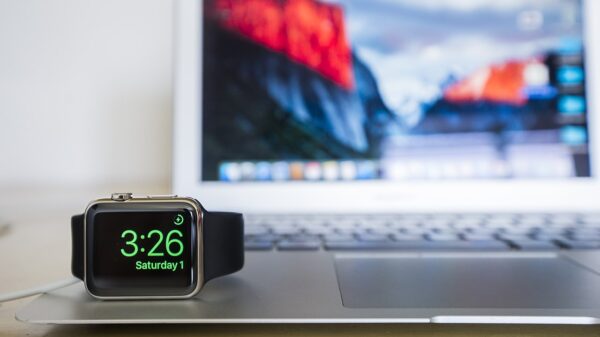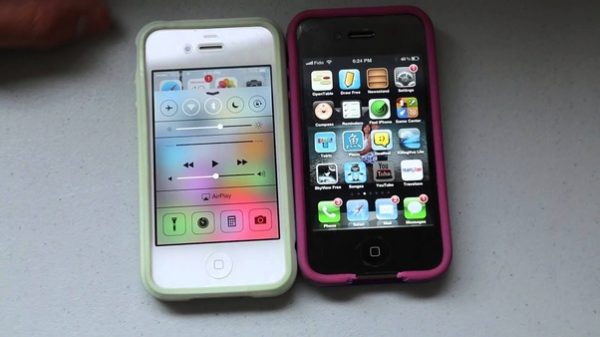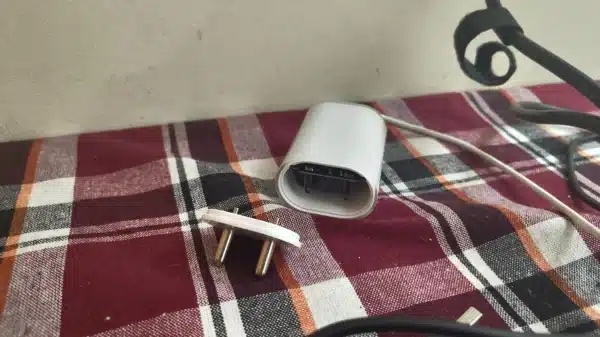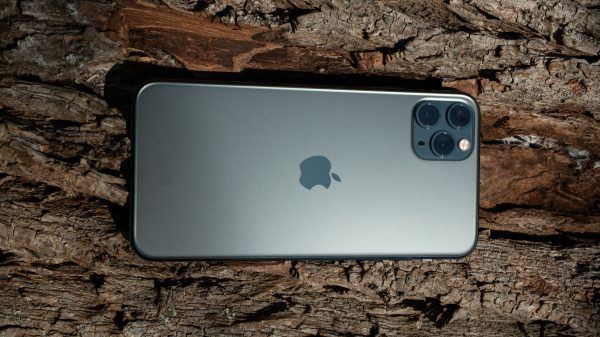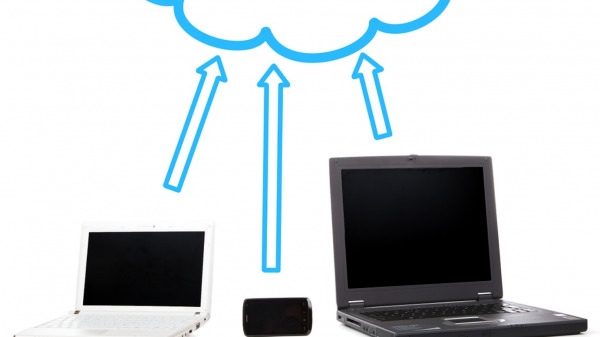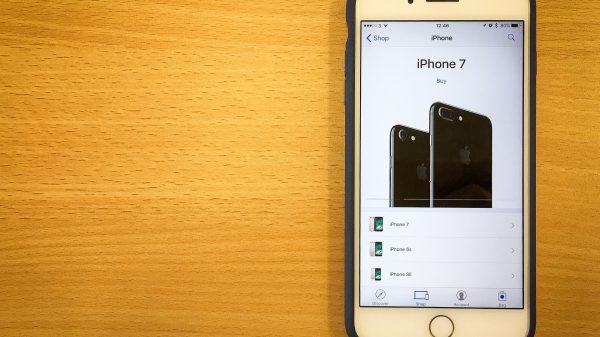In today’s world, having a powerful laptop is not just a luxury but a necessity for most professionals and creatives. MacBooks are known for their performance, sleek design, and reliability. Sometimes, however, you may find that your MacBook isn’t running as smoothly as it used to. Especially when handling resource-heavy tasks such as video editing or gaming.
One way to improve your MacBook’s performance is by upgrading its VRAM (Video Random Access Memory). In this article, we will explore the role of VRAM in your MacBook’s performance and how to perform a VRAM upgrade.
Understanding VRAM and its impact on performance
VRAM works alongside your MacBook’s GPU (Graphics Processing Unit), playing a crucial role in delivering high-quality visuals and smooth performance in graphic-intensive tasks. Essentially, VRAM stores data related to images, textures, and videos. That is allowing the GPU to access and process this information quickly. More VRAM translates to better performance, particularly when working with large images, complex 3D models, or high-resolution videos.

However, not all MacBooks have dedicated VRAM. Instead, some models utilize shared memory, where the GPU borrows from the system RAM. While this can be sufficient for everyday tasks, it could result in reduced performance when dealing with graphics-heavy applications.
Determining if your MacBook supports VRAM upgrades
Before considering an upgrade, it’s essential to determine whether your MacBook supports VRAM upgrades. To do this, follow these simple steps:
- Click on the Apple logo in the top left corner of your screen.
- Select ‘About This Mac’ from the dropdown menu.
- Under the ‘Overview’ tab, you’ll see information about your MacBook’s processor, memory, and graphics. If your MacBook has dedicated VRAM, it will be listed next to the GPU details.
Keep in mind that not all MacBooks allow for VRAM upgrades. Generally, older models, such as the MacBook Pro with Retina display or earlier versions, are more likely to have upgradeable VRAM. In contrast, newer models like the MacBook Air and MacBook Pro with Touch Bar typically feature integrated GPUs. That utilize shared memory and do not offer the option to upgrade VRAM.
Upgrading the VRAM in compatible MacBooks
If you’ve determined that your MacBook is compatible with a VRAM upgrade, you can follow these steps to improve its performance:
- Research compatible GPUs: Look up the specific GPU model in your MacBook and find out which GPUs are compatible. Make sure to choose a GPU with increased VRAM compared to your current one.
- Purchase the new GPU: Once you’ve identified a compatible GPU, purchase it from a reputable retailer or an authorized Apple reseller.
- Backup your data: Before proceeding with the upgrade, ensure you have a complete backup of your MacBook’s data using Time Machine or another backup solution.
- Replace the GPU: Replacing the GPU requires technical expertise, and it is recommended to consult an Apple-certified technician. Or you can visit an Apple Store to perform the VRAM upgrade on your behalf. This will help prevent any damage to your MacBook and maintain your warranty (if applicable).
- Install necessary drivers: After the GPU has been replaced, you may need to install new drivers for it to function correctly. Check the GPU manufacturer’s website for the latest drivers and installation instructions.

Alternative solutions to improve your MacBook’s performance
If a VRAM upgrade isn’t possible or feasible for your MacBook, there are other ways to boost its performance:
- Upgrade the RAM: Increasing your MacBook’s system memory can significantly improve overall performance, including graphics-related tasks. Research compatible RAM modules and follow guides online to perform the upgrade yourself or consult an Apple-certified technician.
- Update your OS: Ensuring you’re running the latest version of macOS can provide performance improvements and bug fixes that may help with graphics-intensive applications.
- Optimize storage: Free up space on your MacBook’s internal drive by offloading large files, such as videos and photos, to external storage. This will improve overall system performance and potentially make more room for shared memory allocation.
- Use an eGPU: An external GPU (eGPU) is a standalone device that connects to your MacBook via Thunderbolt 3, providing dedicated graphics processing power. While this can be a costly investment, it could dramatically improve your MacBook’s graphics capabilities without the need for internal upgrades.
MacBook VRAM Upgrade: Final Words
In conclusion, upgrading your MacBook’s VRAM can lead to significant improvements in graphics-heavy tasks. But compatibility and technical expertise must be taken into consideration. If a VRAM upgrade isn’t an option, alternative methods like increasing system RAM, updating macOS, optimizing storage, or using an eGPU can still yield noticeable performance gains.





